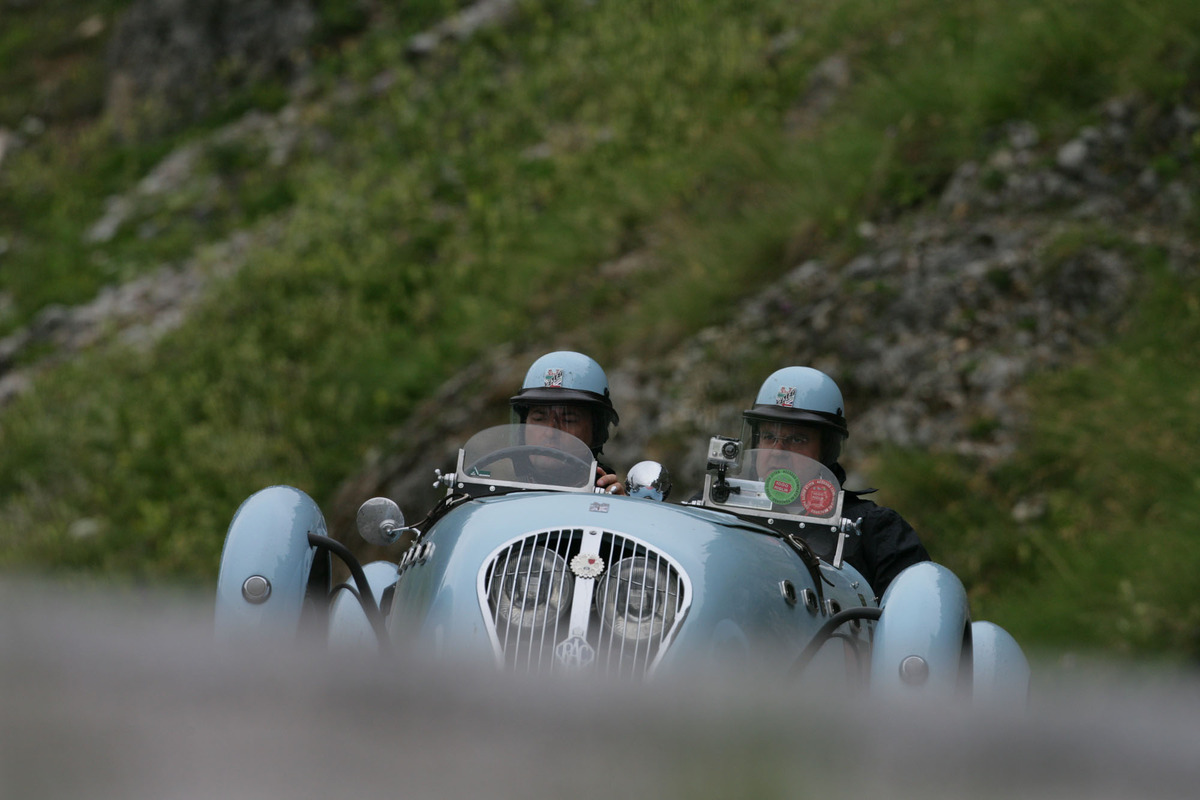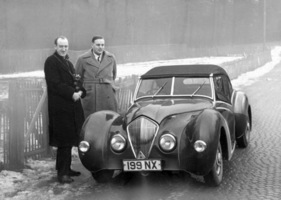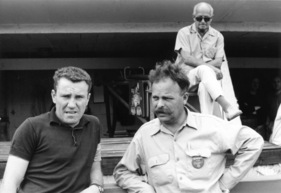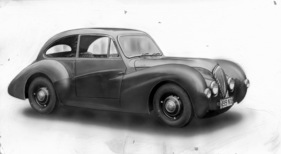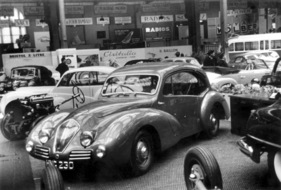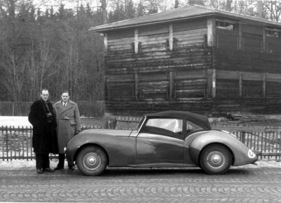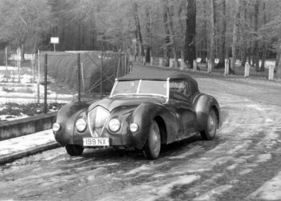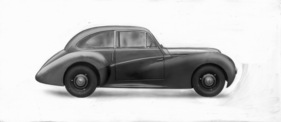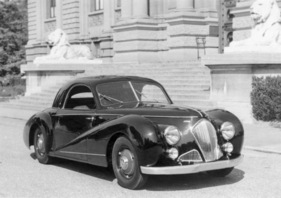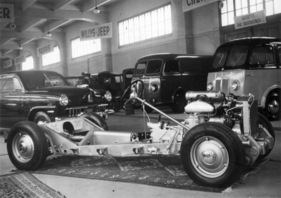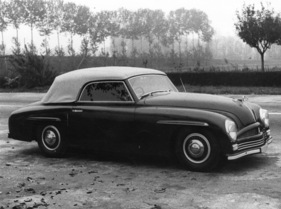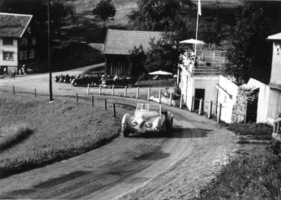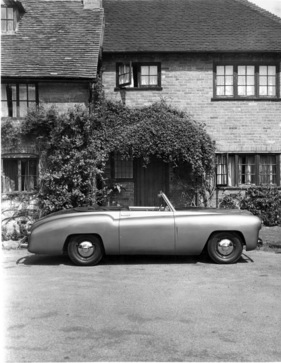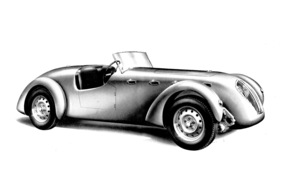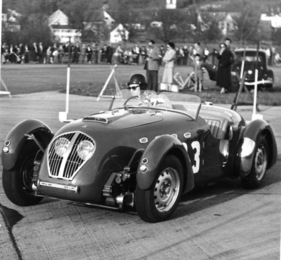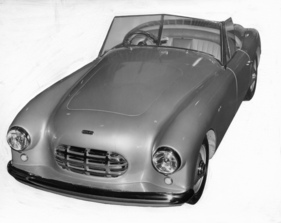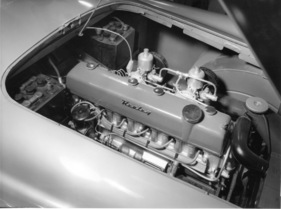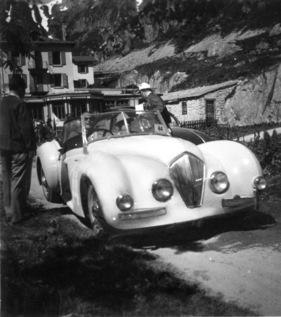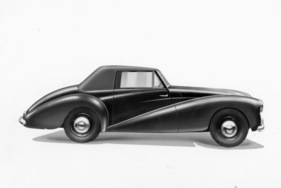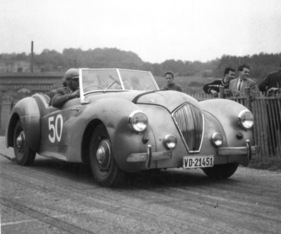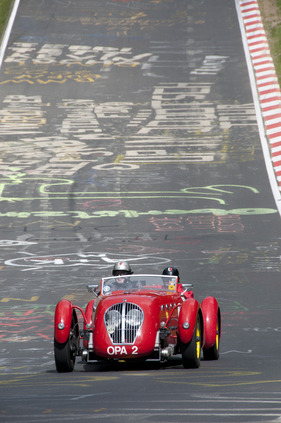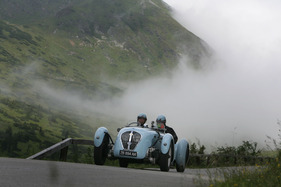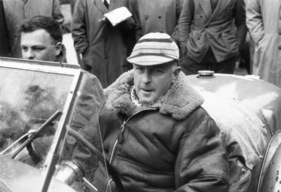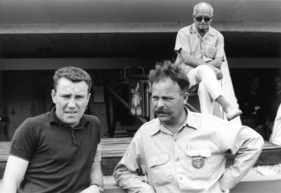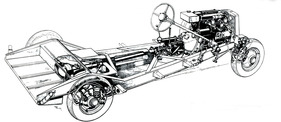The cars of Donald Healey - when there was no Austin-Healey yet
Summary
Automobiles became the purpose in life for Donald Healey, born in 1898, rather by chance. In 1931, he won the Monte Carlo Rally in an Invicta. In 1946, he presented his first sports car, which was followed by various others, including the famous Healey Silverstone. Large numbers were not possible, the vehicles were too expensive, but Donald Healey's cars left a lasting impression even so. This report shows the development of the early Healeys, from the first 2.4 Litre to the Silverstone, illustrated with historical photos and nine rare sales brochures. The history of the Nash Healey is not covered in detail, leaving room for another article.
This article contains the following chapters
- Automobiles as a purpose in life
- The first garage in Cornwall
- Horror in Denmark
- The first Healey prototype
- The first Healey
- The Healey was not cheap, but it was fast
- With its own "works team"
- Victory at the Mille Miglia in the Touring class
- Sales success at a low level
- The Healey Silverstone
- With a Cadillac engine
- Second, improved version
- Victory at Silverstone
- Overview of the models and quantities
- Further information
Estimated reading time: 10min
Preview (beginning of the article)
"With the Healey, the British industry is building a car that is one of the fastest production cars of any category ever made... unique combination of driving safety, comfort and economical operation... with a load of three people and their luggage, it reaches a cruising speed of between 120 and 140 km/h... as a role model for the modern thoroughbred vehicle with the individuality of a class car..." These were the words of praise in the "Automobil Revue" of December 10, 1947. Automobiles became the purpose in life for Donald Healey, who was born on July 3, 1898 in Perranporth, Cornwall (England). But this was not actually planned. At the age of 16, he had found an apprenticeship at Sopwith Aviation Co. where Harry Hawker taught him to fly on the side. A year later, after "moving back" his date of birth, he was accepted into the Royal Flying Corps as a fighter pilot. But his flying career did not last long. As early as 1917, he was discharged as a partial invalid after a flying accident.
Continue reading this article for free?
Photos of this article

